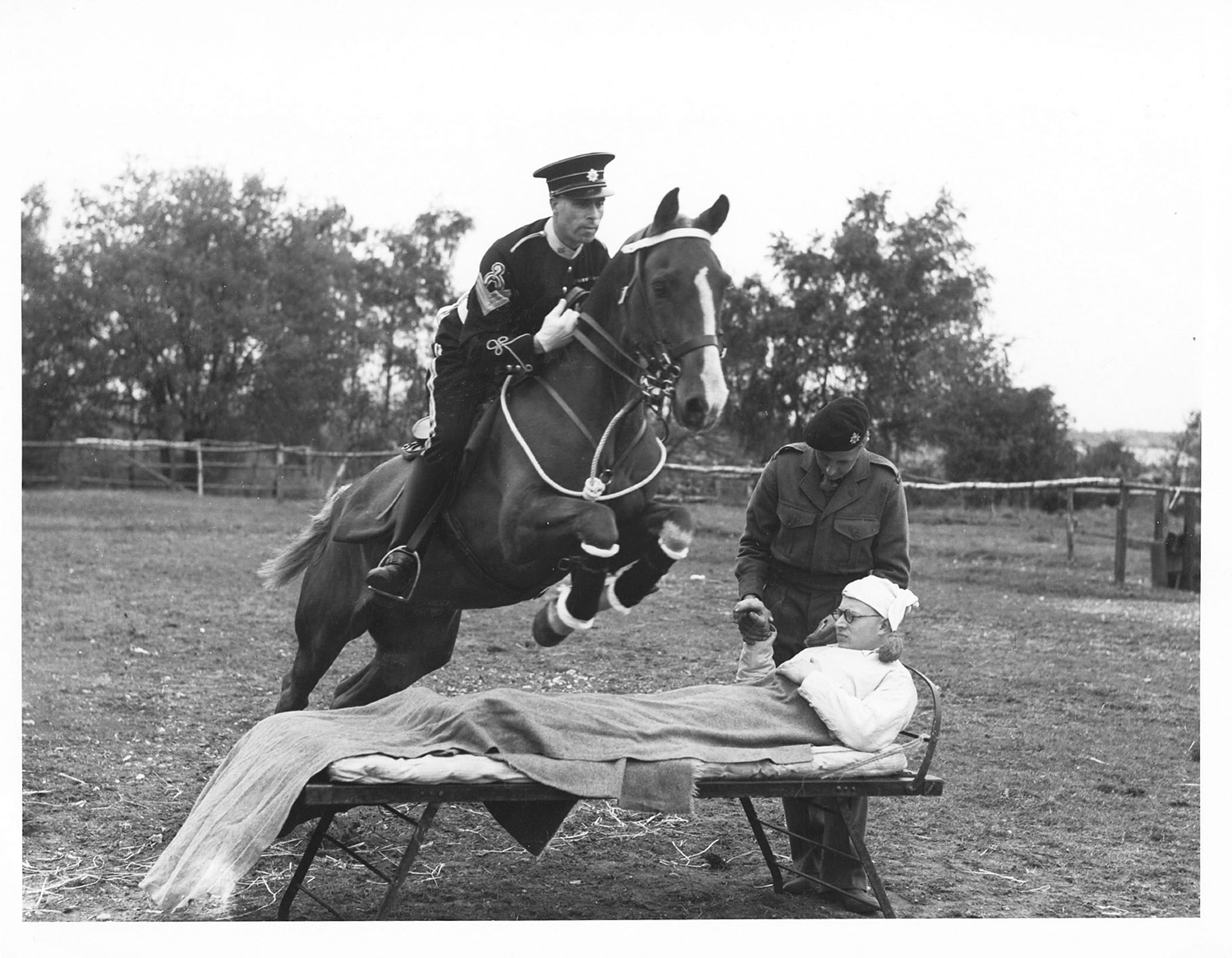
There is a persistent tendency to impose–or make every effort at least–some semblance of order on this messy world. For millennia we have been classifying things: animals, vegetables and minerals; races, classes and genders; first world, second world and the rest of the lot. In the 1870s, Melvil Dewey created his decimal classifications that librarians have used since to tell us precisely where nearly everything fits in the pantheon of human knowledge.
Perhaps it’s fitting, with the Dewey Decimal System retreating from style amid the expansion of the Internet, that we should have a cultural collection that utterly defies classification. The Archive of Modern Conflict, an independent British publisher, has created Amc², its journal “published on an occasional basis in a limited edition.”
The goal of the first issue of Amc² is to coalesce “different groups of work that illuminate lost corners of our cultural life.” On the first reading (and, admittedly, the second and the third), it’s not immediately apparent what merited inclusion, or for that matter, what warranted exclusion from the collection. In this series of photographs, which comprise less than five percent of the issue, you’ll find prints of an ancient belfry in Northern Ireland, a hydrangea bush photographed in 1842, Canadian girls undergoing physiotherapy in the 1940s, members of the Royal Horse Artillery clowning around in the 1960s, a smoking Pablo Picasso wearing an oddly-shaped beret, candies from the 1930s and a London store front photographed last year.
The issue also contains photographs of early French pornography, hand-tinted Indian prints on silver gelatin from the turn of (last) century, masked wrestlers, a Rock Hudson paper doll collection with nearly two dozen interchangeable outfits and enough nudity to make even this author blush. The stated intention is that, “as the subject areas expand, they intertwine to reveal unexpected stories about the nature of our world.” Perhaps the collection’s greatest beauty is that even after those lost cultural corners have been stabbed with light, you’re still not sure what they reveal about the nature of our world. It will likely be something different for every reader, which is one of the great splendors of art.
The collection ends with an albumen print identified as The Brig by 19th century French photographer Gustav LeGray. Seen from the shore, a tiny, two-masted ship sails out of the bright sunlight into a looming, clouded darkness on the edge of the frame. The full title of the photograph is Brig in the Moonlight, a revelation that immediately causes the viewer to question his own perception, that this scene, with its impossibly bright illumination, took place at night. The editors succeeded mightily in their closing image. If nothing else, they forced us to realize that even the strangest images can contain great beauty and are often wildly different from how they originally appear.
Archive of Modern Conflict is an independent publisher based in London.
Nate Rawlings is a reporter at TIME. Find him on Twitter at @naterawlings.


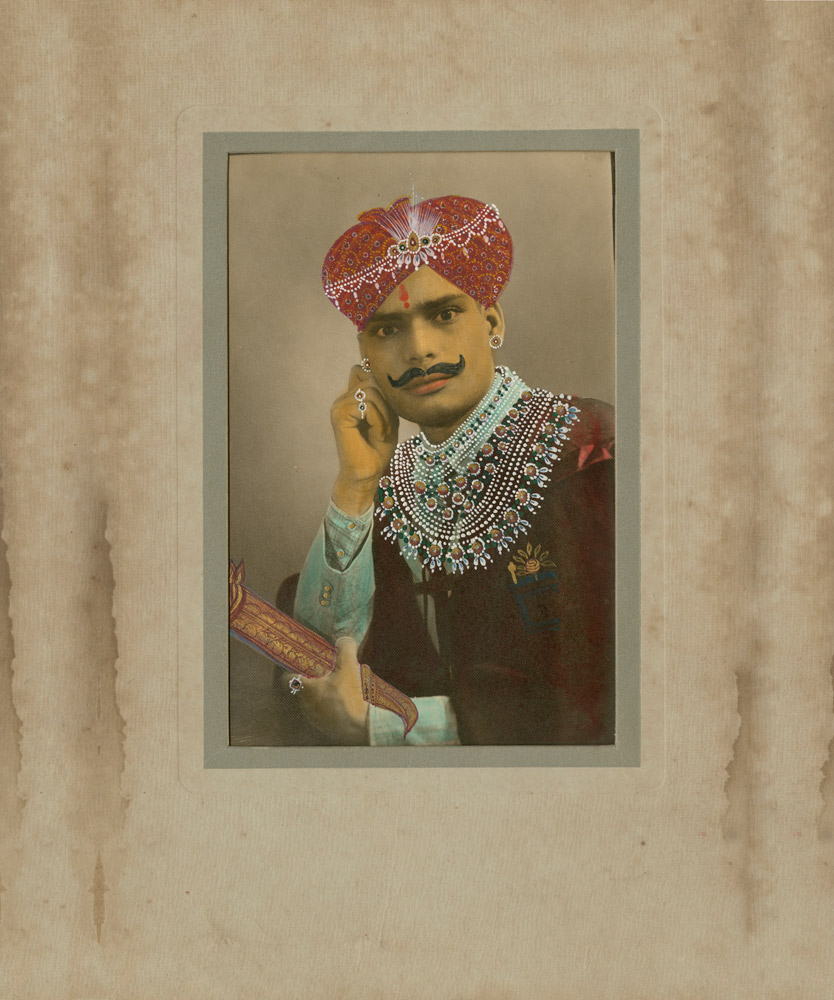
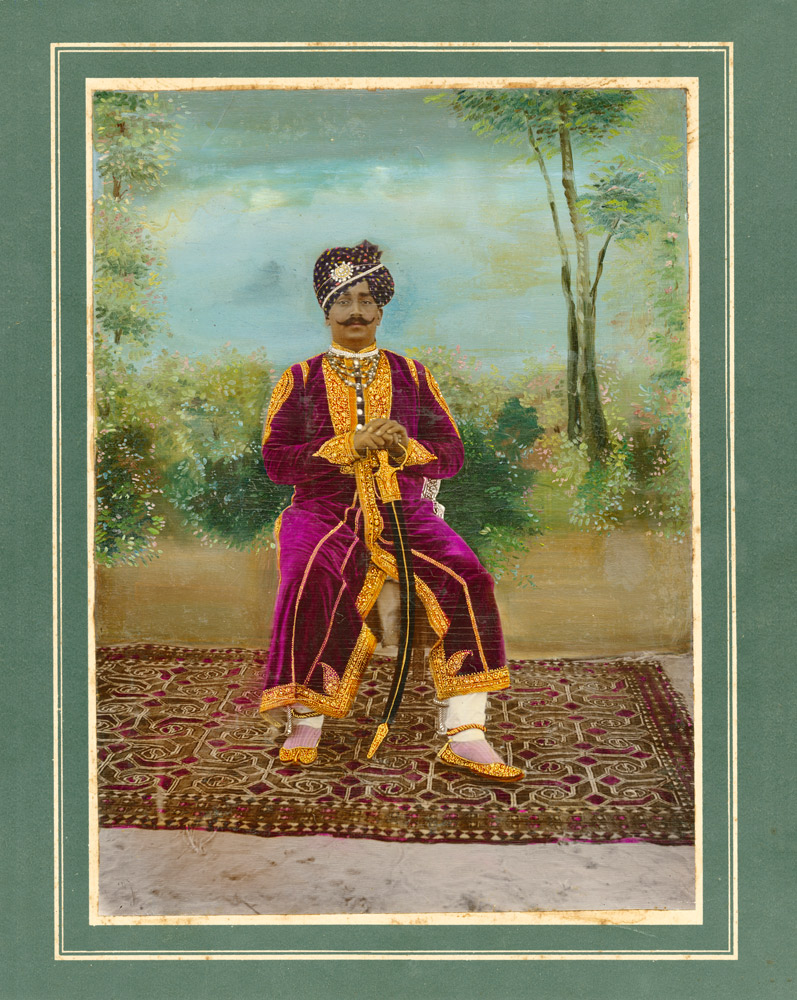
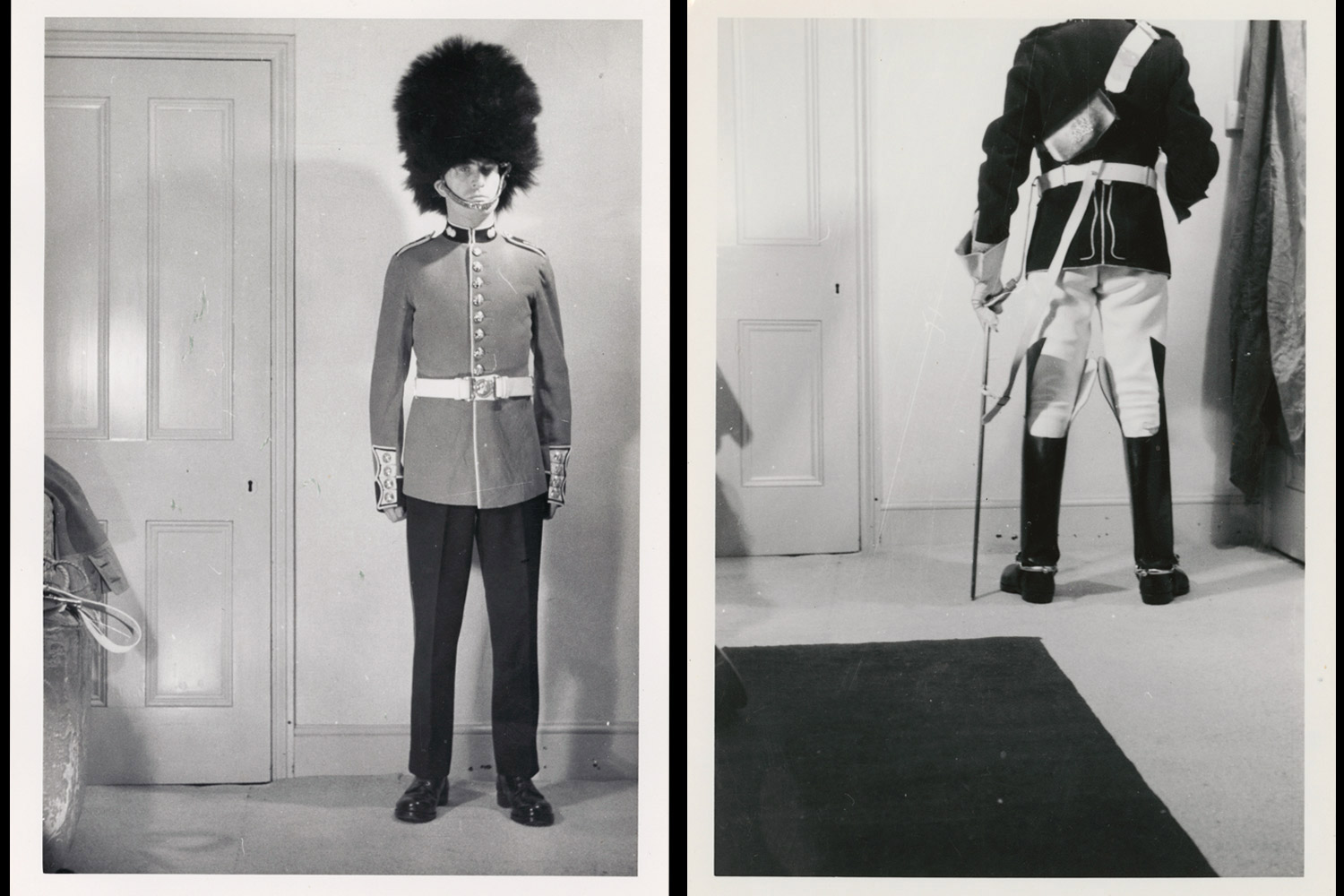
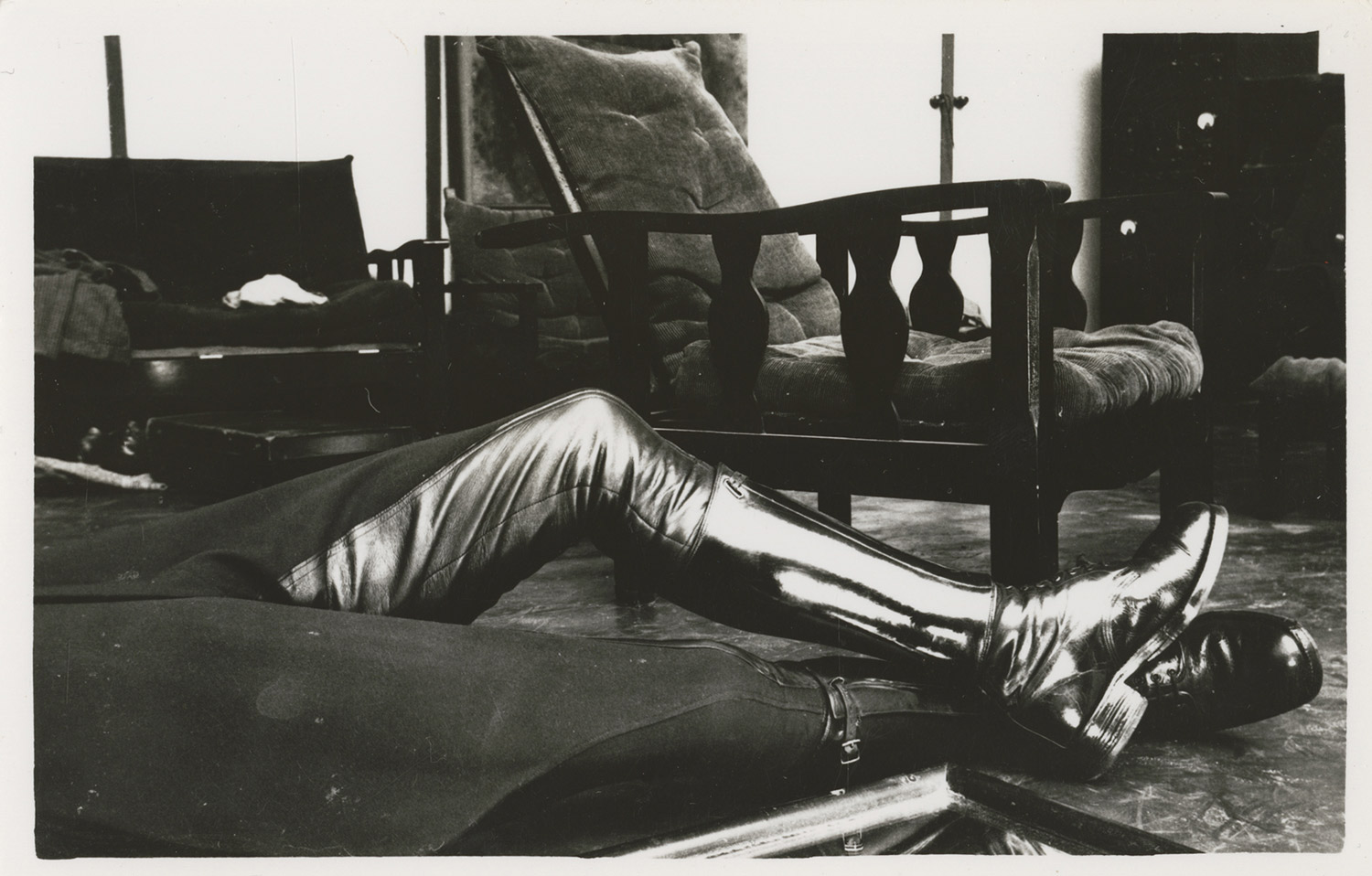
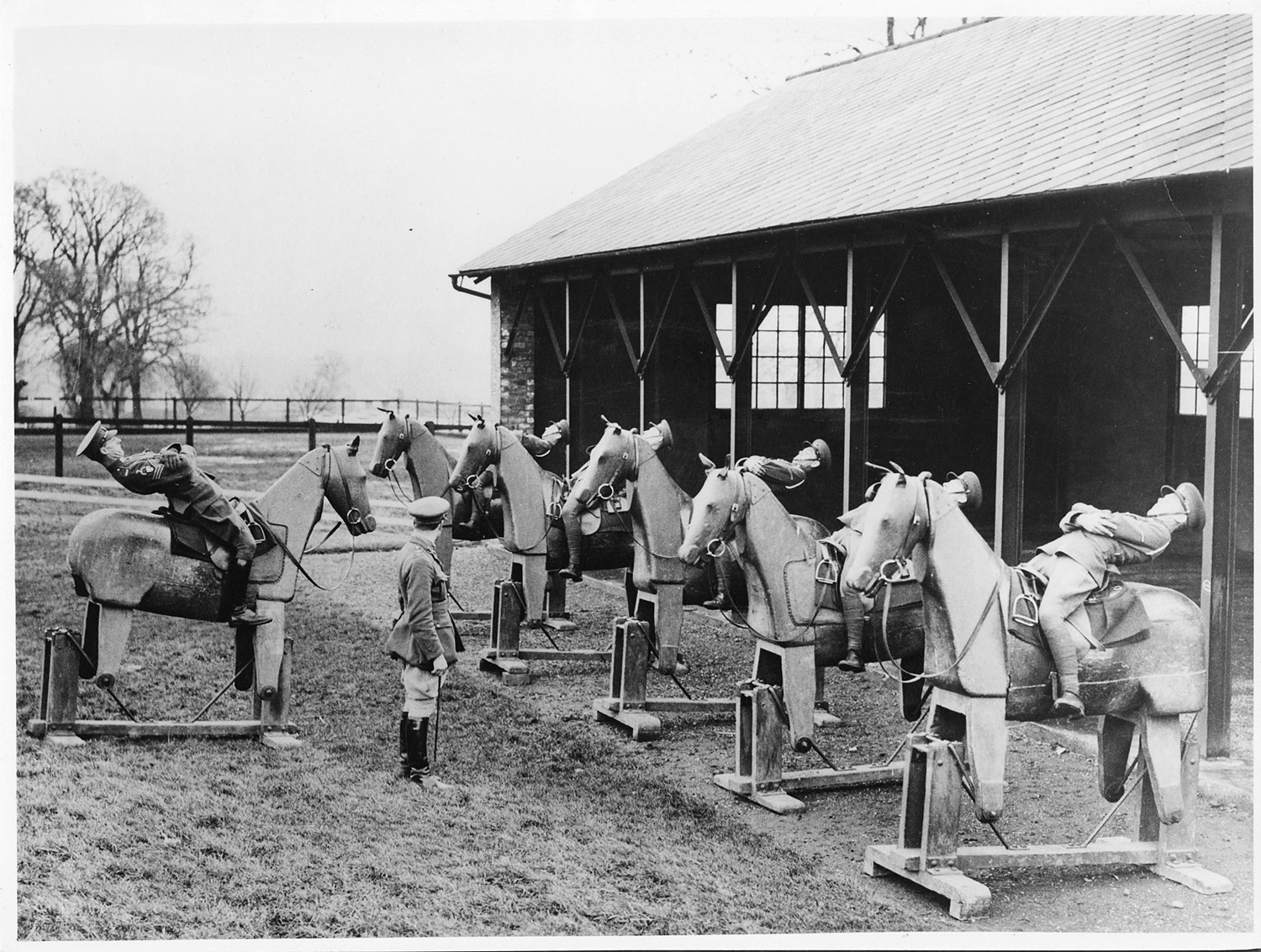

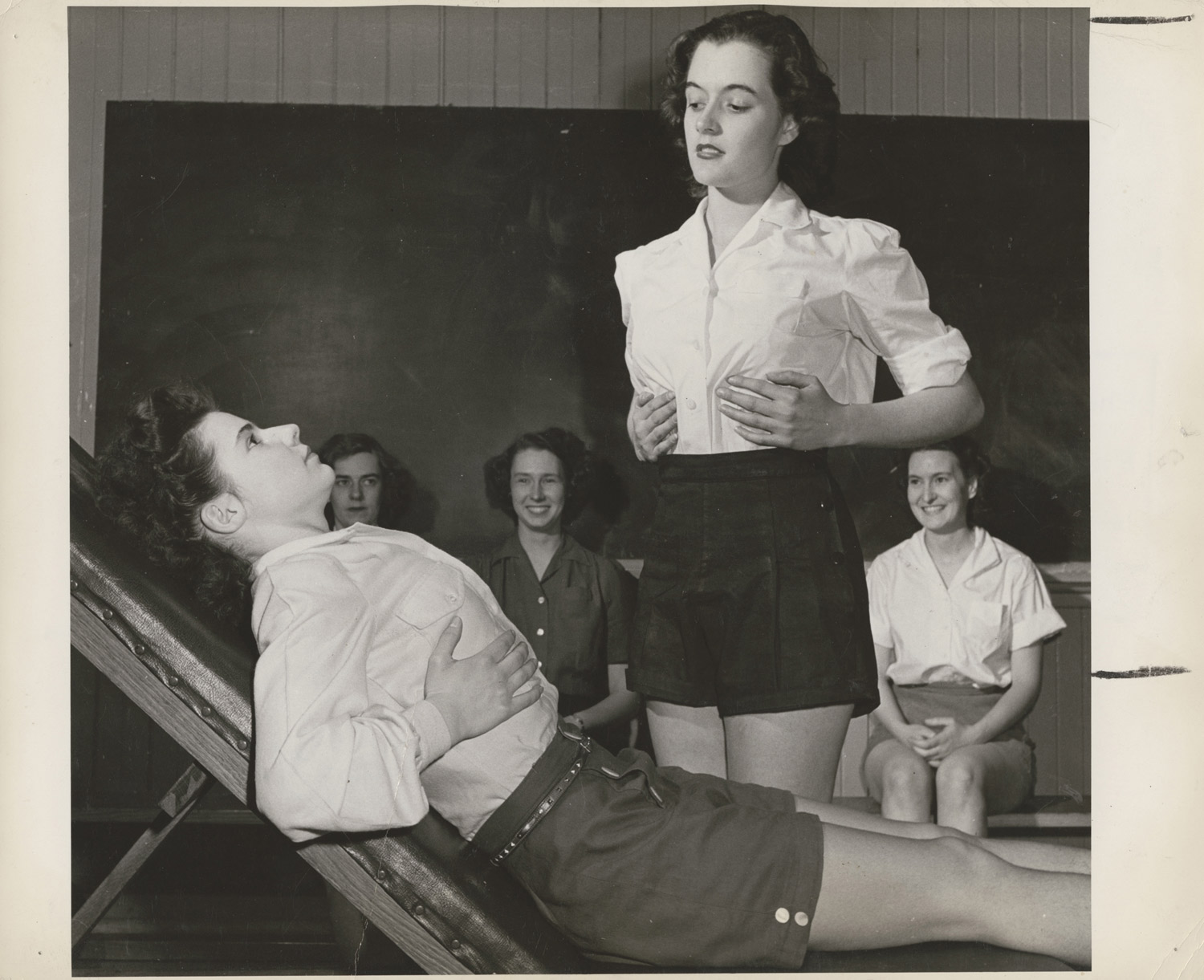

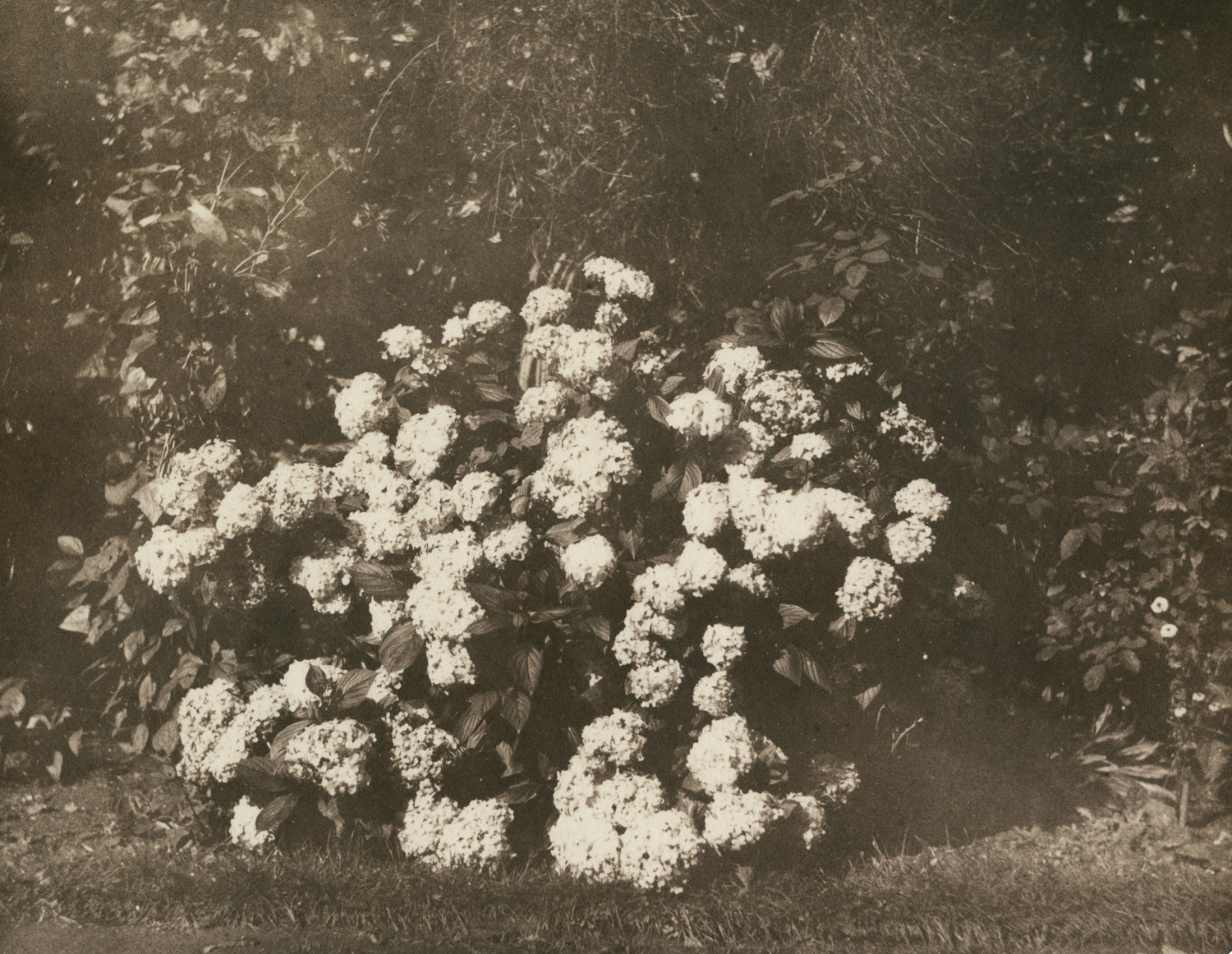

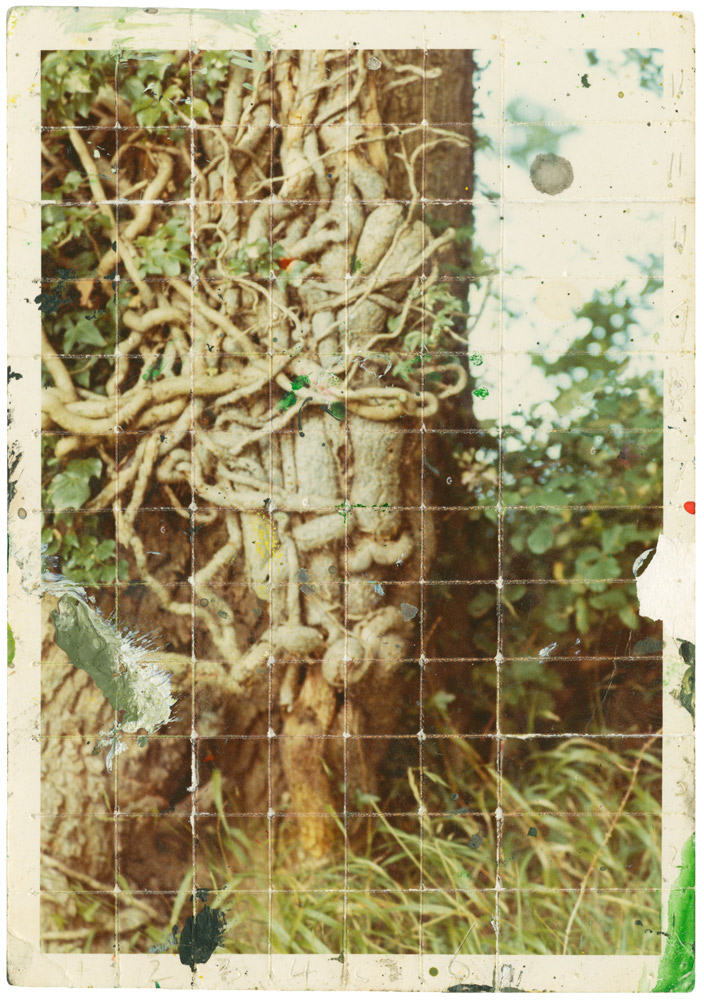
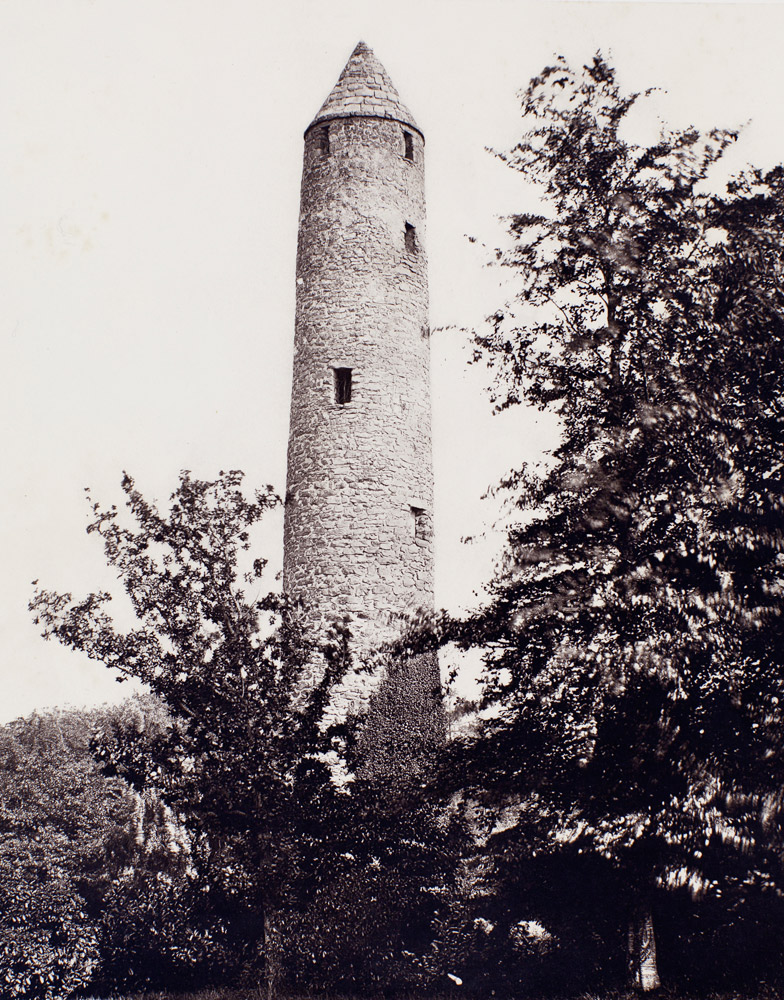
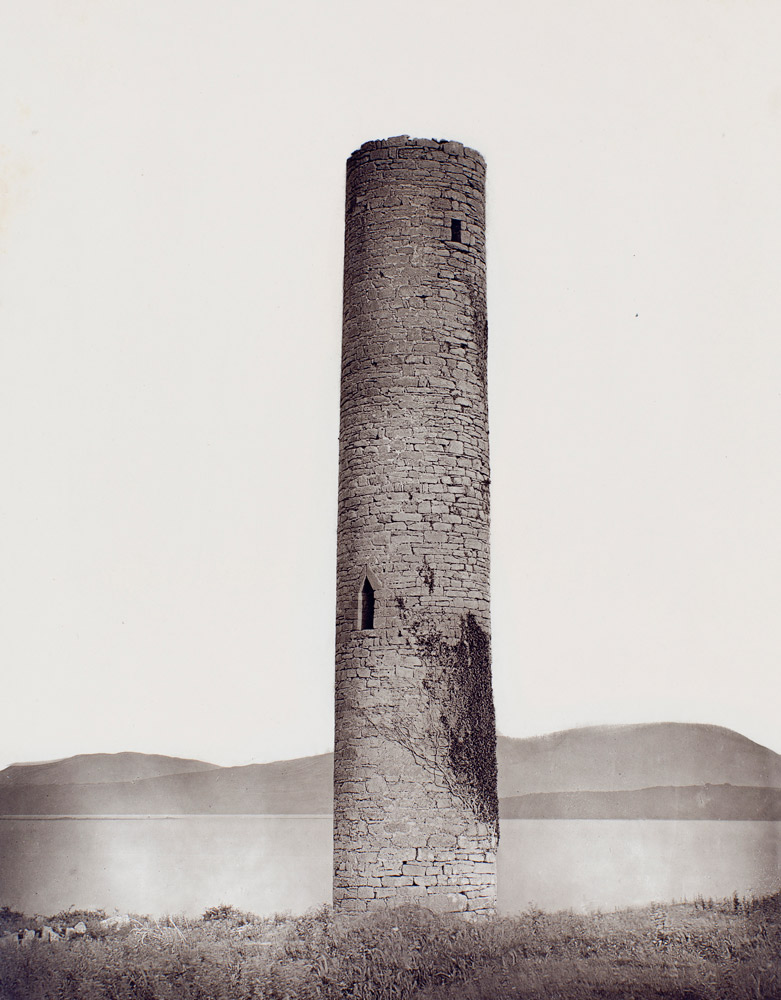

More Must-Reads from TIME
- Why Trump’s Message Worked on Latino Men
- What Trump’s Win Could Mean for Housing
- The 100 Must-Read Books of 2024
- Sleep Doctors Share the 1 Tip That’s Changed Their Lives
- Column: Let’s Bring Back Romance
- What It’s Like to Have Long COVID As a Kid
- FX’s Say Nothing Is the Must-Watch Political Thriller of 2024
- Merle Bombardieri Is Helping People Make the Baby Decision
Contact us at letters@time.com